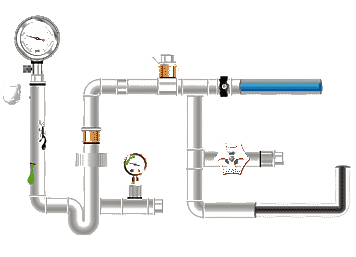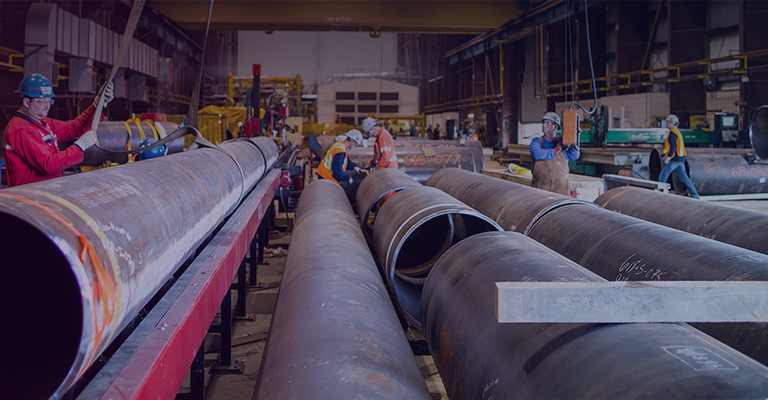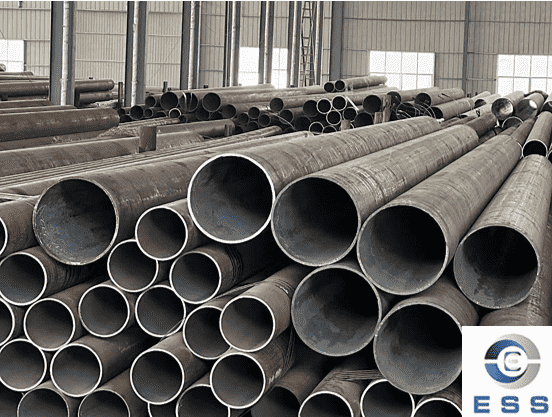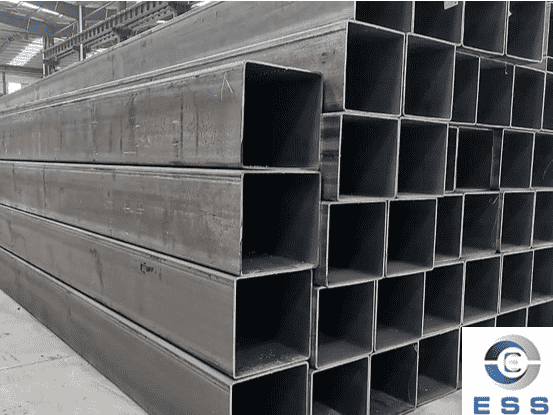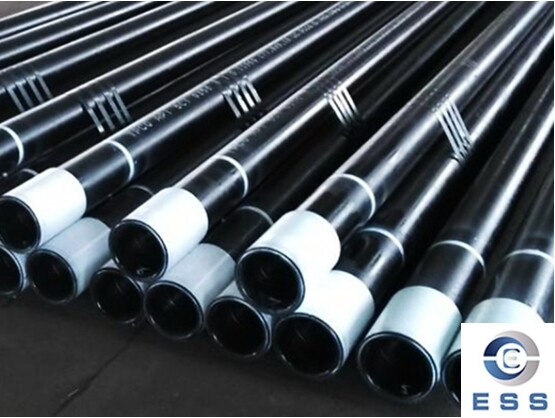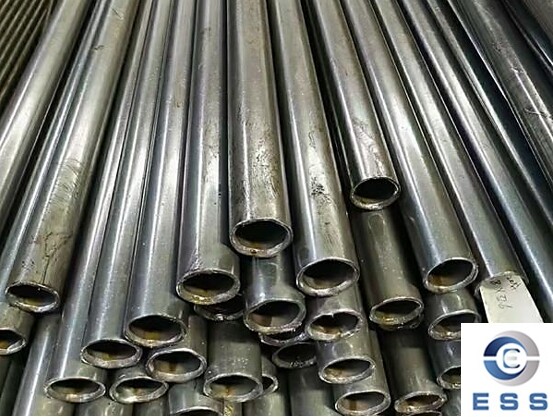
Small-diameter precision
tube is a high-precision, high-performance steel pipe material, and its
manufacturing process involves multiple complex and delicate links. The
following is a detailed introduction to its process:
Raw material selection and preparation
The manufacture of small-diameter precision
tube starts with high-quality raw materials. These raw materials mainly include
high-quality carbon
steel pipe, alloy steel pipe or stainless
steel pipe, such as No. 10 steel, No. 20 steel, No. 35 steel, No. 45 steel,
16Mn, 27SiMn, etc. These materials have good machinability and mechanical
properties, and can meet the needs of different application fields.
In the raw material preparation stage, the
raw materials need to be strictly inspected and accepted to ensure that their
chemical composition, mechanical properties and surface quality indicators meet
production requirements.
Heating
process
After the billet is prepared, it enters the
heating link. The purpose of heating is to improve the plasticity of the
billet, which is convenient for subsequent processing steps such as perforation
and rolling. Generally, a ring heating furnace is used to heat the billet.
During the heating process, the heating temperature and time must be precisely
controlled.
If the heating temperature is too low, the
plasticity of the billet is insufficient, and defects such as cracks are easily
generated in the process of perforation; if the heating temperature is too
high, it may cause problems such as overheating and decarburization of the
billet surface, affecting the quality of the steel pipe.
The appropriate heating temperature range
for billets of different materials is also different. Usually, the heating
temperature of carbon steel billets is around 1100-1250. At the same time, the
heating time should be reasonably set in strict accordance with the
specifications of the billet and the characteristics of the heating furnace to
ensure that the billet is heated evenly as a whole.
Perforation process
Piercing is the key process for processing
solid billets into hollow rough tubes. Common perforation methods include
oblique rolling perforation and push rolling perforation.
Oblique rolling perforation is widely used.
It uses two or three rollers arranged at a certain angle to gradually make the
billet hollow during the process of rotation and advancement. During the
perforation process, the speed of the rollers, the feed angle and other
parameters should be controlled. Too fast speed or too large feed angle can
easily lead to uneven wall thickness and poor inner surface quality of the
rough tube; too slow speed or too small feed angle will affect production
efficiency.
The wall thickness accuracy and inner
surface quality of the rough tube after perforation have an important impact on
the subsequent processing and final product quality. Therefore, it is necessary
to strictly inspect the rough tube after perforation. For the rough tube with
too large wall thickness deviation or obvious defects on the inner surface, it
is necessary to repair or scrap it.
Cold rolling or cold drawing
Cold rolling and cold drawing are key
processes in the production of small-diameter precision steel tubes.
1. Cold rolling
The rough tube is rolled by rollers to make
its size more accurate. During the rolling process, parameters such as rolling
temperature, rolling speed and rolling force need to be strictly controlled to
ensure the quality and accuracy of the steel tube.
2. Cold drawing
At room temperature, the steel tube is
drawn through a die to reduce its cross section and increase its length, while
significantly improving the dimensional accuracy and surface finish of the
steel tube. During the cold drawing process, the metal structure of the steel
pipe is refined, and its mechanical properties, such as strength and hardness,
are improved.
Subsequent treatment
The steel pipe after cold rolling or cold
drawing needs to undergo a series of subsequent treatments to further improve
its quality and performance.
1. Pickling and phosphating
The steel pipe after cold drawing and cold
rolling is pickled again to remove the film and impurities on the surface of
the steel pipe, and then phosphating is performed to form a protective film to
improve the corrosion resistance and surface adhesion of the steel pipe.
2. Annealing treatment
The steel pipe is heated and cooled to
eliminate the stress caused by cold working, improve the mechanical properties
of the steel pipe, and achieve the ideal mechanical properties and grain
structure. Sometimes annealing is also performed in a protective atmosphere to
keep the steel pipe bright and dimensional accuracy.
3. Cutting and trimming
The annealed steel pipe is cut to the
required length, and the end face of the steel pipe is flat, burr-free, and
crack-free through trimming.
4. Surface treatment
Including cleaning and removing impurities
such as cutting chips to ensure the smoothness and cleanliness of the steel
pipe surface.
Quality inspection
Strict quality inspection of steel pipes,
including dimensional accuracy, mechanical properties, surface quality and
other aspects, to ensure that the various performance indicators of steel pipes
meet the standard requirements. Commonly used inspection methods include eddy
current inspection, water pressure inspection, ultrasonic inspection,
radiographic inspection, etc., to detect defects inside and outside the steel
pipe and ensure reliable product quality.









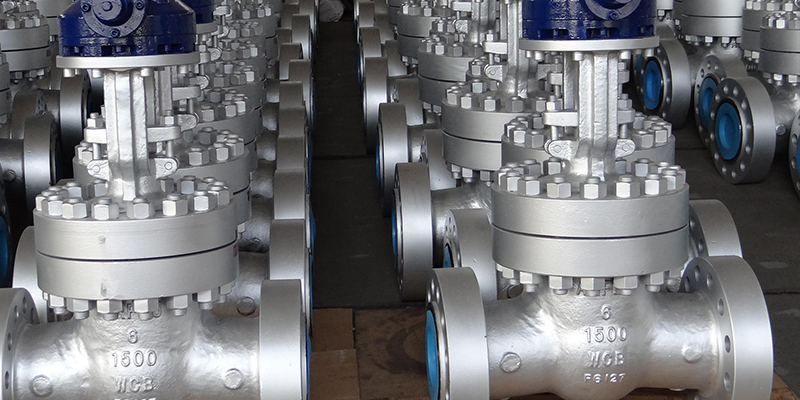
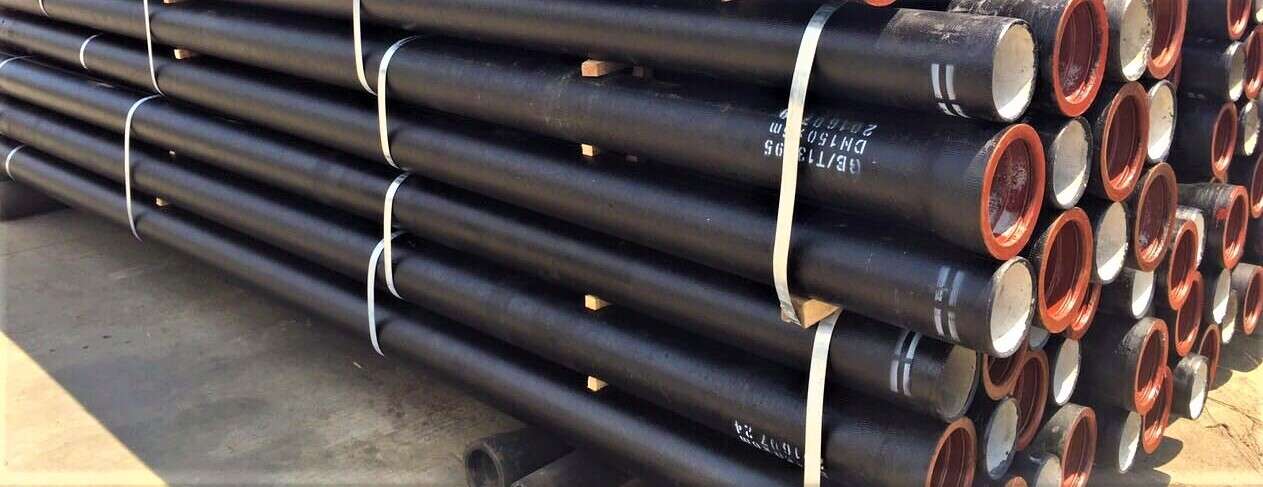


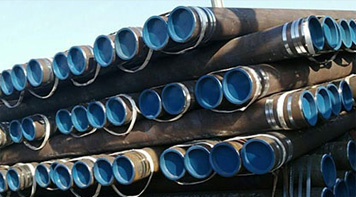 Eastern Steel Manufacturing Co.,Ltd not only improve product production and sales services, but also provide additional value-added services. As long as you need, we can complete your specific needs together.
Eastern Steel Manufacturing Co.,Ltd not only improve product production and sales services, but also provide additional value-added services. As long as you need, we can complete your specific needs together.
